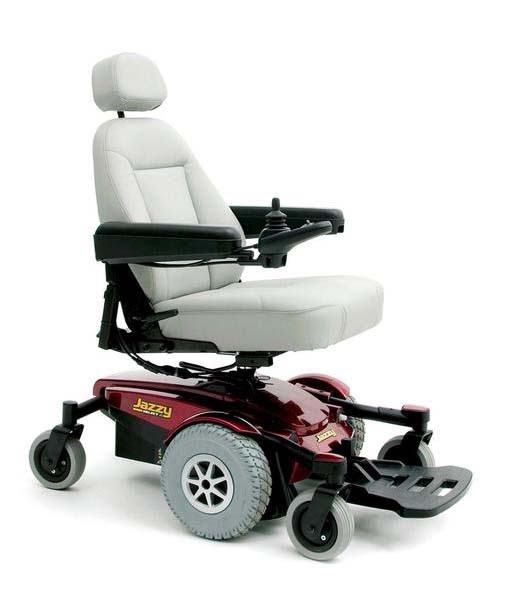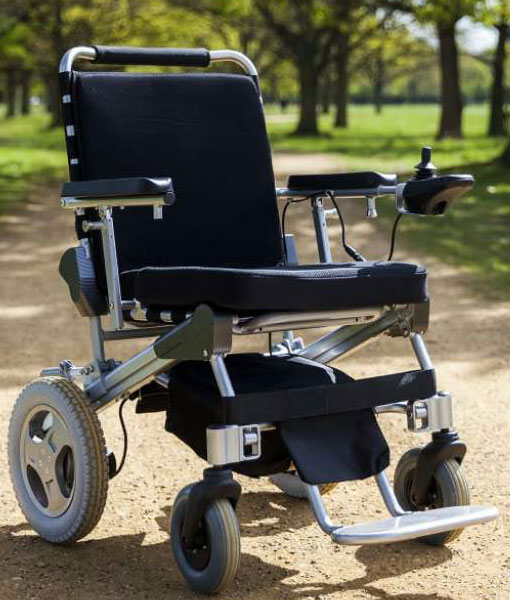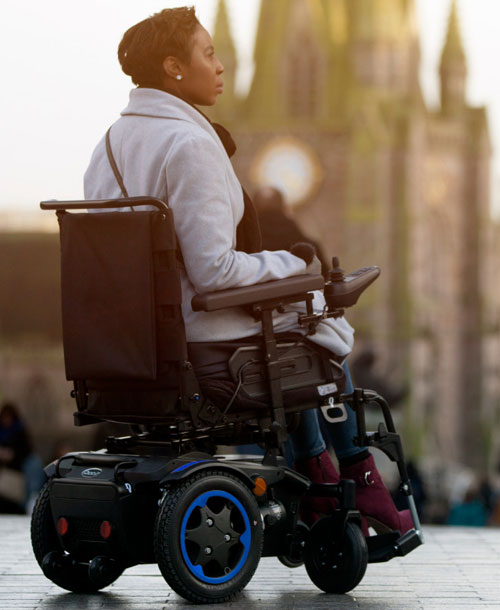Many people who have survived spinal cord injury will find regaining their independence as the most distinctly momentous accomplishment in their lives. Resorting to getting more help, changing to different devices in consideration of being unsuccessful or greatest failure are some of the compromises that can be viewed for independence. Although it is difficult to not to feel the pain and tiredness that comes after many years of propelling a manual chair, changing to a power chair could be the best way to sustain that freedom.
Signs and Symptoms:
Acceptance of a switch is hardly very simple. Many spinal cord injury patients prefer to ignore the signals indicating a power chair would be the best for them. Forming a vision in their mind in a power chair or accepting the fact that it is a necessity could be the hardest arrangement to accept for those inflicted with SCI.
Physical Therapists state that the level of injury, the period of post-injury and age are three major issues that result in symptoms that bring about people to change their equipment. These 3 factors often relate and result in the following issues.
- Drop in strength or function.
- Intensified pain
- Reduced mobility
- Increase or loss in weight
- Becoming inactive
- Sores in the skin
- Issues with posture
- Tiredness
- Caregivers becoming old
Stigma:
The stigma of being disabled is one reason that makes people refrain from using or changing the equipment. Some think they need to let go of their attitude of living for the moment while some others try hard to believe that changing equipment doesn’t mean going backward. In some instances, family and caregivers also battle with stigma issues and need to be guided. Some are not knowledgeable of the necessity of maintaining energy and strength to retain the quality of life and need to be educated on equipment changes such as power chairs which can save shoulder muscles and joints.
Reason to Change:
In order to determine if it is necessary to change to a power chair, making a personal summary can be helpful.
- Do you avoid going to certain places where you used to go or don’t want to go due to it being too hard or not worth the journey?
- Do you have constant pain in the shoulder when propelling?
- Do you feel less tired and pain on the days that you don’t wheel much?
True Facts:
Current research has revealed that more than 50% of long-term SCI survivors are changing their equipment to sustain their mobility, independence, and movements and also to maintain the welfare of their caregivers and attendants.

The Pride Jazzy Select 6 Power Chair features an in-line motor technology for increased efficiency, torque and range coupled with a PG GC 2 Controller. Built with ease of service in mind and easy side access batteries, the Pride Jazzy has been built for ease of use and comfort.
40% of the 180,000 spinal cord injury survivors in the USA are over 45 years of age and one in four has lived with the injury for over 20 years. A few people believe that the ageing process is faster in those who have SCI. Further, studies from Britain also supports the truth of faster ageing in people in their late forties and early fifties due to decline in movement.
Independent Living Specialists has a wide array of branded power chairs in their stores with free delivery to online customers Australia wide.
** This post was originally published on http://ilsau.com.au/switching-from-a-manual-chair-to-a-power-chair/



